Experts Identify 25 Black Plastic Kitchen Items Linked To Toxic Chemicals
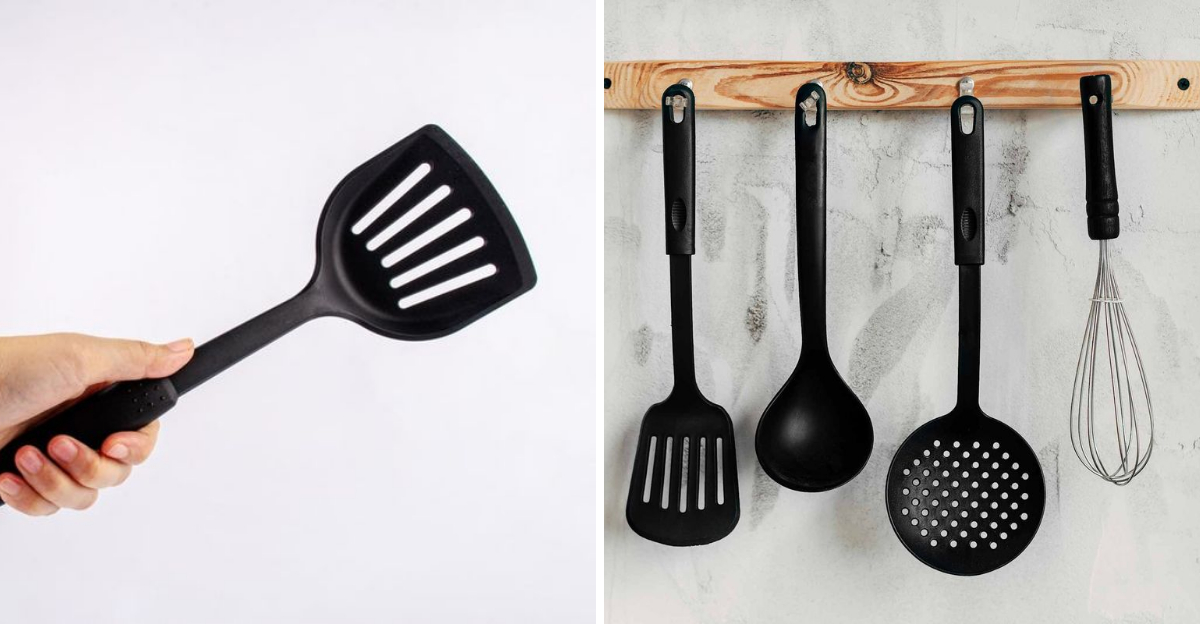
In recent years, concerns over the safety of black plastic kitchen items have grown. Experts have identified various everyday kitchen tools that may leach toxic chemicals, particularly when exposed to heat or wear. This list provides detailed insights into 25 common kitchen items made of black plastic, explaining their potential risks and offering a glimpse into why they are under scrutiny. Stay informed and take a closer look at what’s in your kitchen to ensure a healthier environment for you and your loved ones.
1. Spatulas
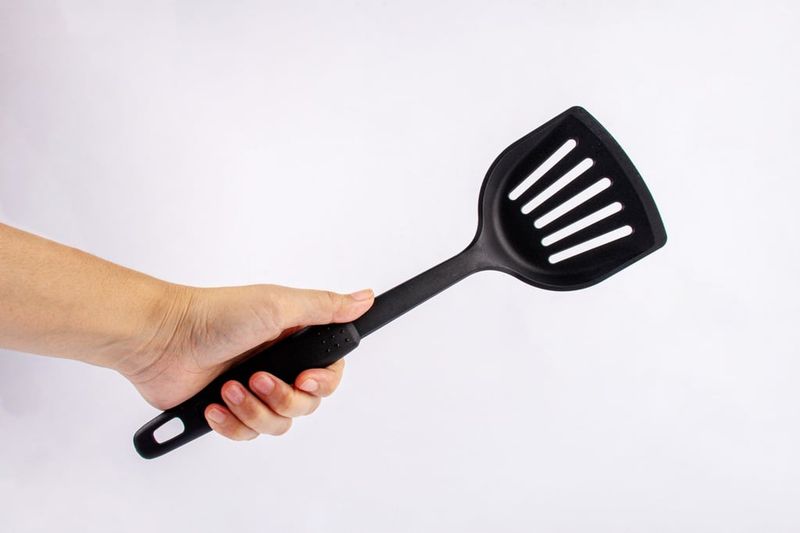
In the heart of culinary creation, spatulas are indispensable. Constantly exposed to hot surfaces, these tools can become a conduit for chemical leaching, a process that may pose health risks over time. As you flip your morning omelet, consider the hidden dangers lurking in that trusty black spatula.
Manufacturers often use recycled and mixed plastics, which might contain substances that break down with heat. While flipping pancakes or sautéing vegetables, these small exposures can accumulate, potentially impacting health. The simple act of frying can become a chemical experiment with potential long-term effects.
2. Slotted Spoons
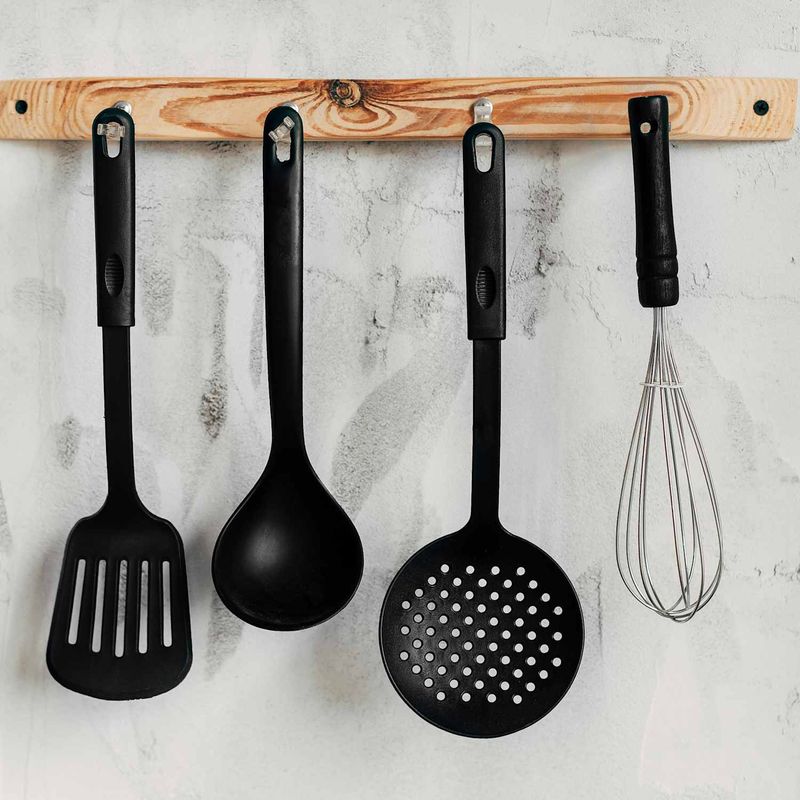
Slotted spoons, those kitchen multitaskers, often find themselves in hot, bubbling stews. This exposure makes them prime candidates for chemical leaching. Stirring a pot of soup might seem harmless, but the combination of heat and fat can trigger unwanted chemical reactions.
The design, with its distinctive slots, increases the surface area that interacts with food, potentially heightening the risk. Repeated use in high-temperature environments exacerbates the situation, gradually wearing down the plastic. As these tools age, their integrity weakens, possibly releasing more toxins into your favorite dishes.
3. Ladles
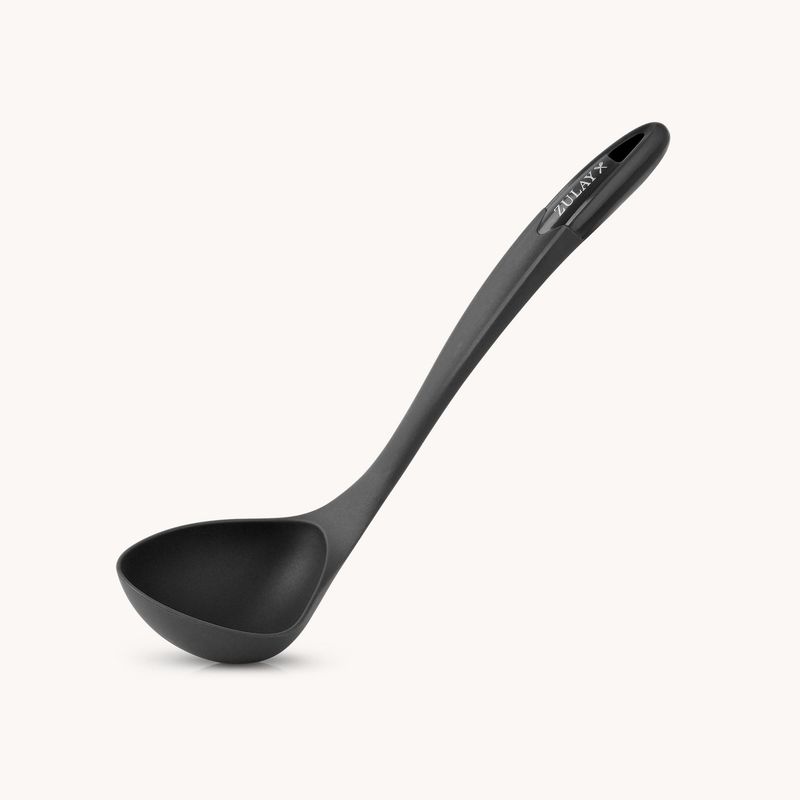
Ladles are the unsung heroes of the kitchen, serving up comfort in a bowl. However, their frequent dips into boiling broths pose unique challenges. The consistent exposure to high heat can lead to the breakdown of plastic components.
This breakdown may release harmful substances into nourishing broths. The robust design, meant to handle volume, also means more material to potentially degrade. Over time, repeated use can take a toll, slowly compromising both the tool and the food it serves. A ladle’s embrace of heat is a double-edged sword, blending warmth and risk.
4. Tongs
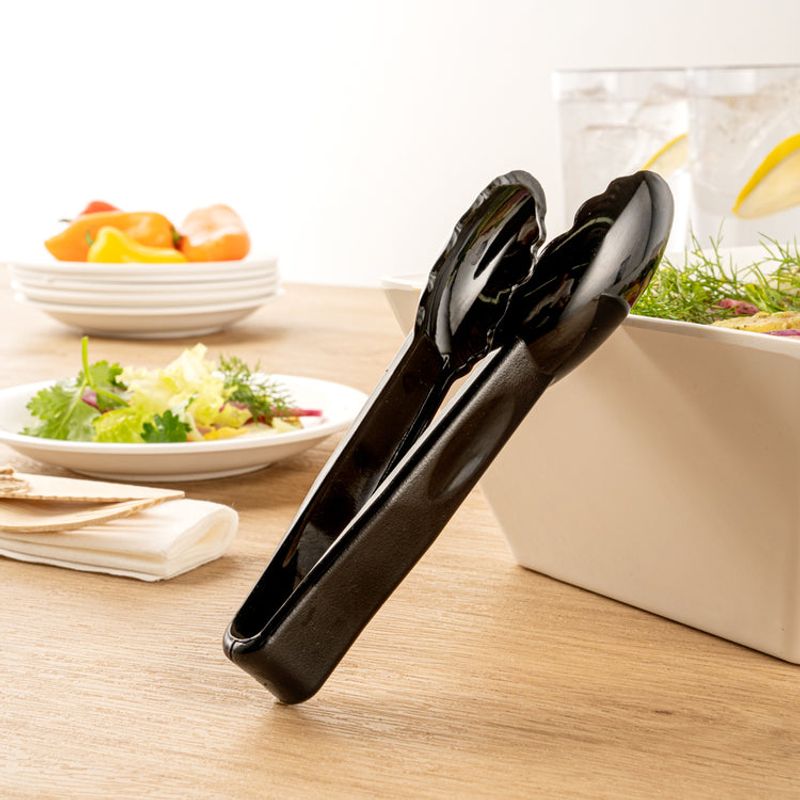
Tongs, the versatile extension of a cook’s hand, dance between grills and pans. Their frequent contact with high temperatures presents a risk of chemical leaching from the plastic. Gripping a juicy steak or flipping grilled vegetables becomes an act fraught with unseen dangers.
The repeated thermal stress can weaken the plastic’s structural integrity. This weakening allows chemicals to seep into foods, unnoticed yet impactful. As you wield these culinary tools, remember their dual role as helpers and potential hazards. A simple grip can mask the slow migration of unwanted elements into your meal.
5. Whisks
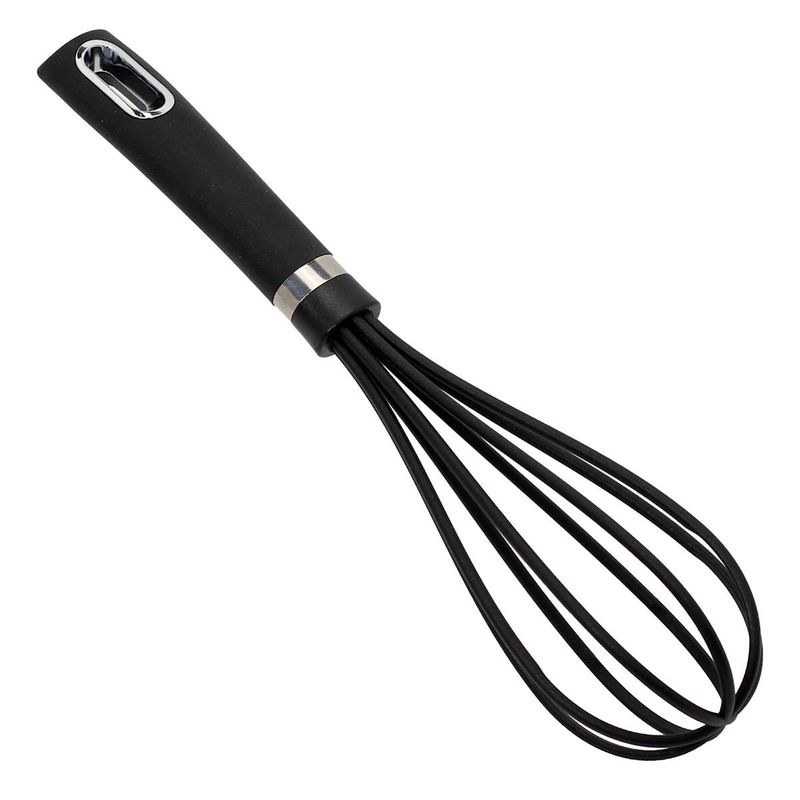
Whisks, with their rhythmic dance, blend ingredients into harmonious concoctions. But when the base is made of black plastic, they might introduce discordant elements. Whipping up a smooth custard or frothy cream can involve more than just culinary skill.
The heat absorbed during mixing can cause the plastic to degrade, releasing toxins that taint the purity of your creations. This subtle exchange happens as the whisk swirls through hot sauces or batter. Over time, the charming swirl of a whisk could become a source of concern, altering the essence of your culinary delights.
6. Measuring Cups and Spoons
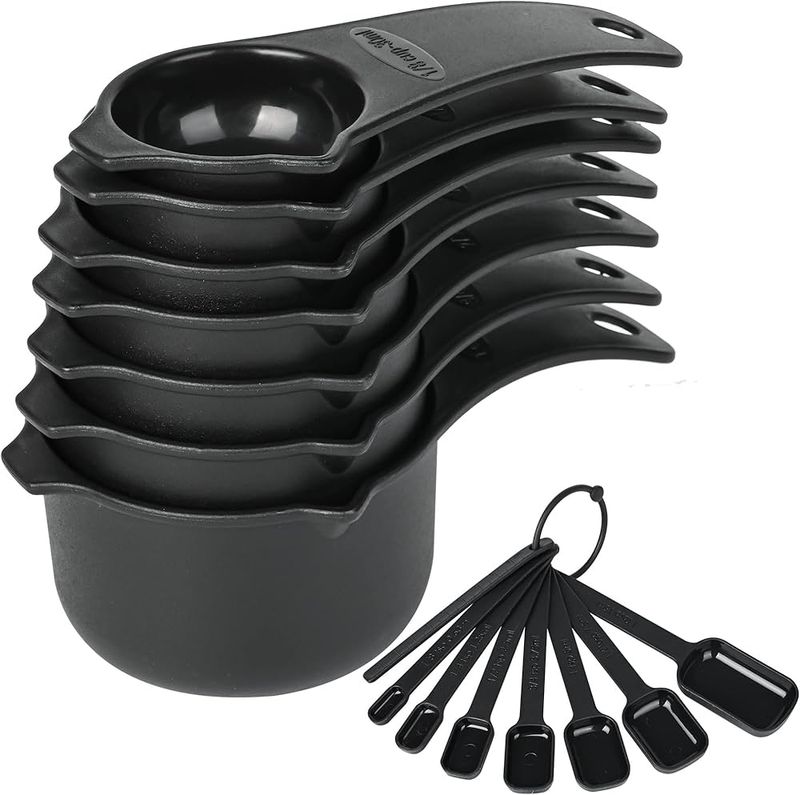
Measuring cups and spoons, the precise partners in baking, hide more than just a tablespoon. Even without direct heat exposure, these tools can wear down, potentially releasing chemicals. Over time, the continuous scraping of ingredients may degrade the plastic surface.
Chemical coatings, often applied for durability, can break down, especially after repeated washing. This gradual wear might seem insignificant, yet it quietly contributes to the unnoticed accumulation of toxins. Though they assist in accuracy, they also remind us that precision in ingredients should extend to the tools we use.
7. Pasta Servers

Pasta servers, those trusty helpers, dive regularly into boiling water, presenting a potential risk for chemical transfer. The constant submersion in high temperatures makes them more susceptible to leaching.
Their design, with prongs perfect for snagging noodles, ensures prolonged contact with hot liquids. Over time, this can lead to the release of harmful substances into your favorite pasta dishes. As you twirl pasta onto plates, consider the unseen exchanges happening beneath the surface. A pasta server’s utility may carry hidden catches that go beyond culinary convenience.
8. Food Storage Containers
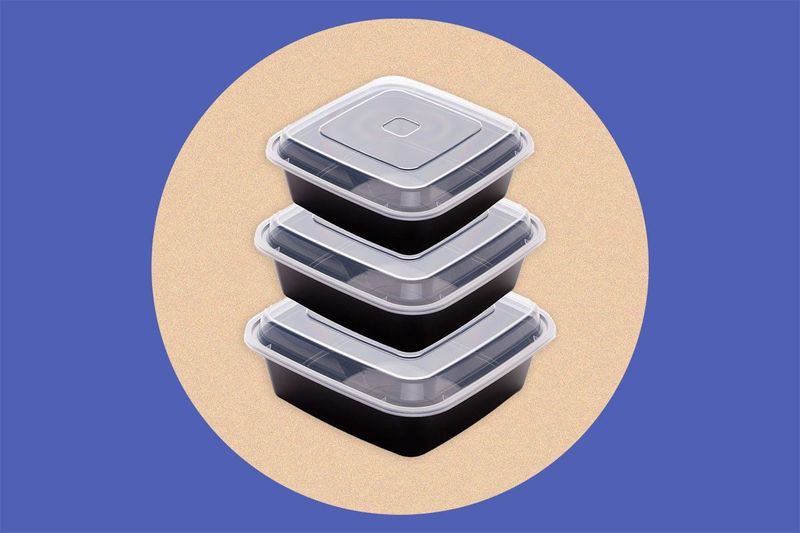
Food storage containers, essential for preserving leftovers, have a darker side when made from black plastic. Especially concerning is their use in microwaves, where heat can exacerbate chemical leaching.
This process may introduce toxins into food during reheating. Though convenient, the practice of microwaving plastic containers is fraught with potential risks. Over time, repeated exposure to heat can degrade the plastic, making it more likely to contaminate stored food. A convenient container can transform into a vessel of concern, highlighting the need for safer storage solutions.
9. Takeout Trays
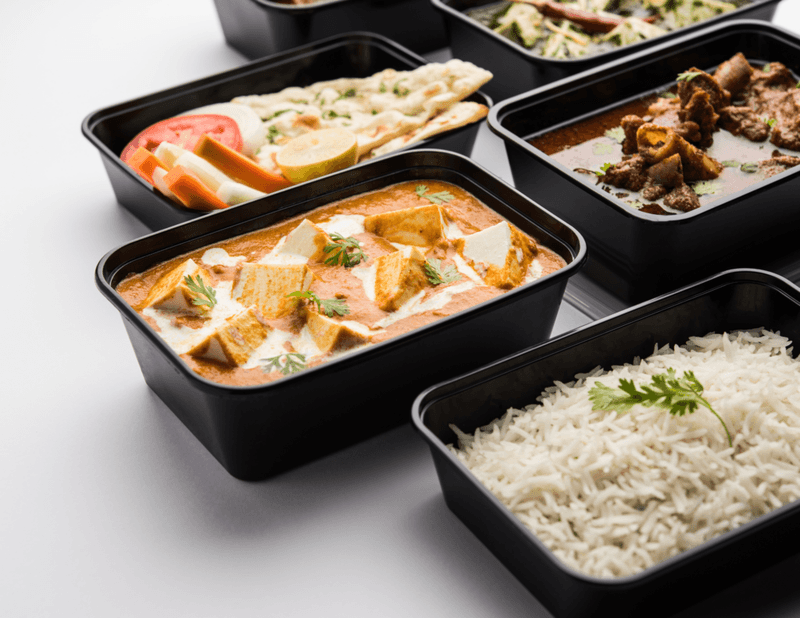
Takeout trays, often shiny and alluring, hold more than just culinary delights. Many are crafted from recycled materials, sometimes including plastics from electronics. This origin poses a risk of chemical contamination.
The trays’ glossy finish, a tempting presentation, belies the potential for harmful substances. High heat from hot meals can trigger the release of toxins. As you indulge in your favorite takeout, consider the tray’s previous life. Sushi or pasta served on these trays may carry an unwanted history, linking convenience with caution.
10. Cutting Boards
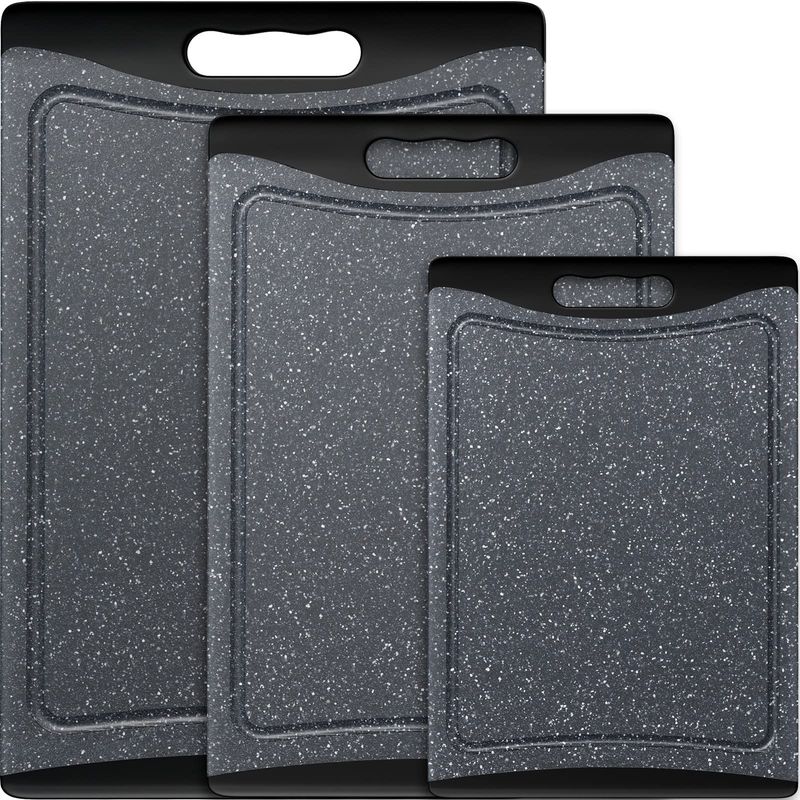
Cutting boards, the foundation of meal prep, can harbor more than just food scraps. The act of chopping wears down plastic surfaces, potentially releasing microplastics and toxins into food.
Over time, the scars from knives accumulate, turning a once-smooth surface into a field of risks. Washing and continued use exacerbate the issue, gradually breaking down the board’s integrity. As you dice and slice, consider the unseen particles that may migrate from board to dish. A cutting board’s silent compromise can transform it from helper to hazard.
11. Microwave Plate Covers
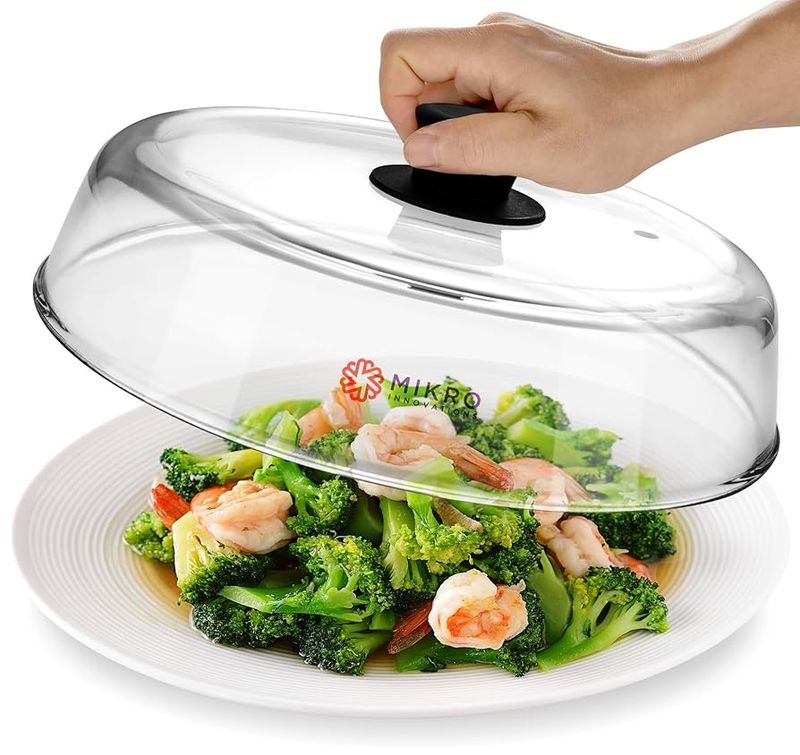
Microwave plate covers, designed to shield against splatters, may inadvertently release harmful particles into food. The direct contact with steam and moisture can become a conduit for chemical transfer.
Over time, exposure to microwaves degrades the plastic, potentially increasing the risk of contamination. As these covers hover above meals, they serve as more than just protectors. Their presence above steaming food is a subtle reminder of the potential for unseen interactions. A cover’s role in cleanliness could conceal a hidden cost, placing convenience alongside caution.
12. Mixing Bowls
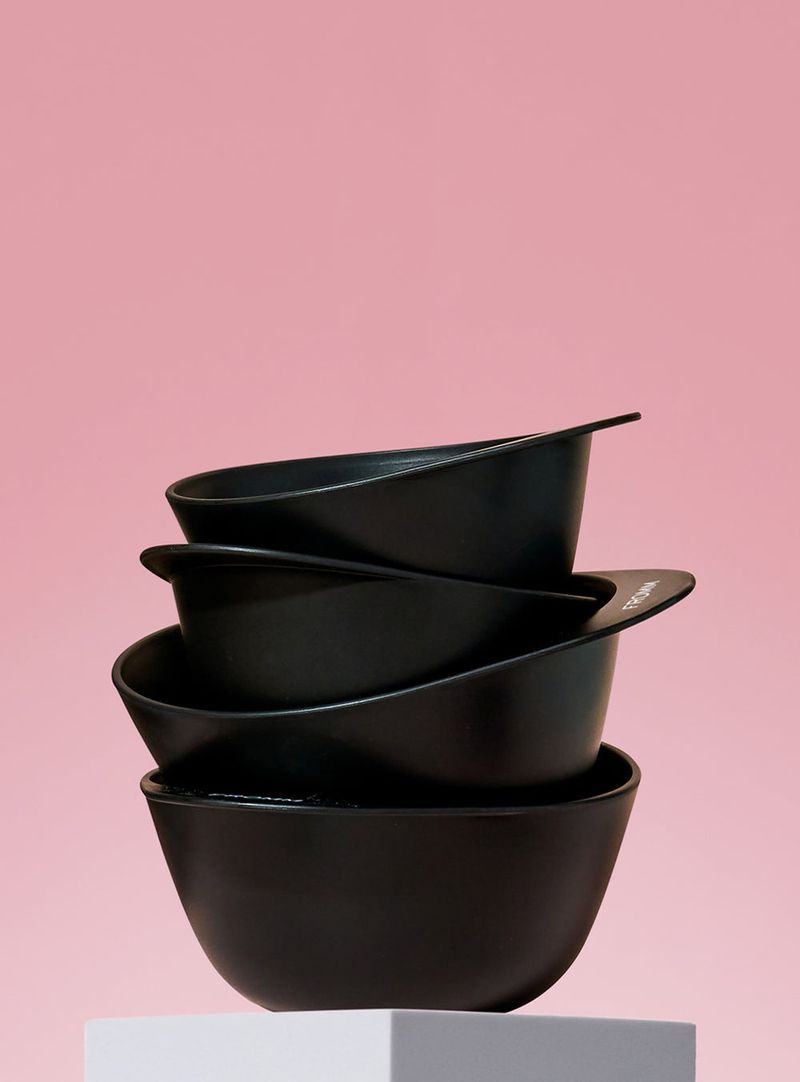
Mixing bowls, the heart of baking, blend more than just ingredients. When made from black plastic, they can introduce unwanted elements, especially with hot or acidic contents.
Repeated use can wear down the bowl, gradually releasing chemicals. This wear isn’t always visible, masking the potential risks. As you mix dough or whip cream, consider the unseen exchanges that might occur. A bowl’s embrace of ingredients can carry unseen additions, transforming the act of mixing into a careful consideration of materials.
13. Peeler Handles
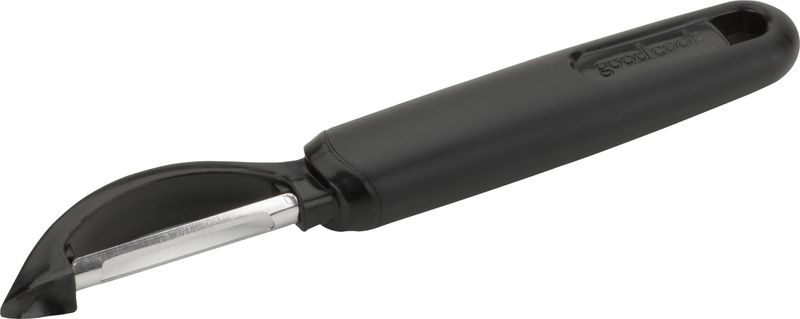
Peeler handles, though often overlooked, are in direct contact with hands and near warm foods. This proximity presents a subtle risk of chemical transfer.
The grip’s wear over time, through constant use and washing, can release small amounts of toxins. While peeling potatoes or fruits, the handle’s silent degradation may contribute to unseen contamination. As you prepare meals, consider the humble peeler’s quiet role in kitchen dynamics. Its ease of use might conceal a gradual compromise, underscoring the importance of handle materials in food safety.
14. Can Opener Handles
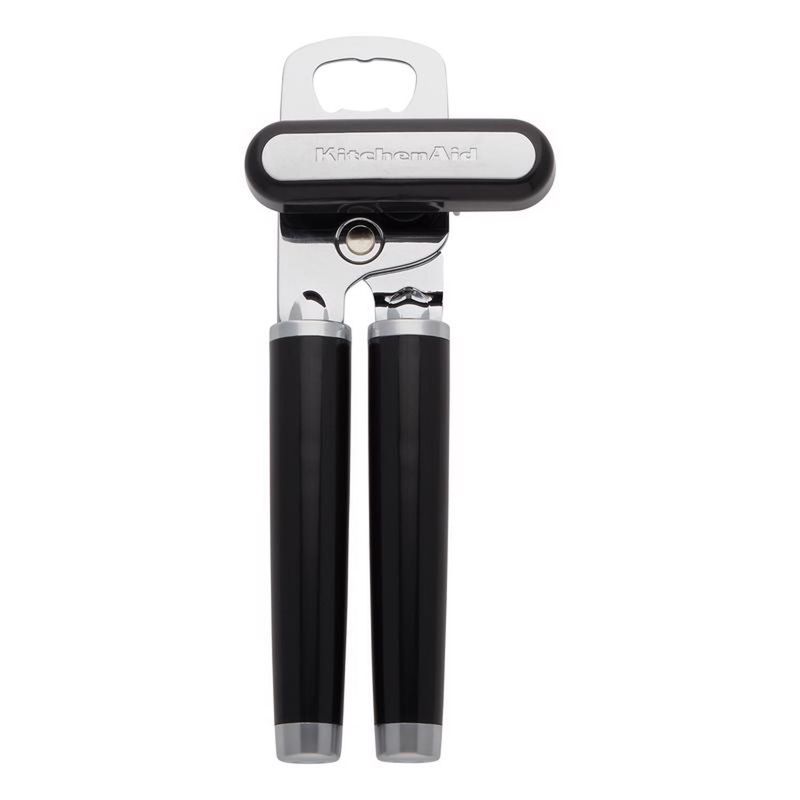
Can opener handles, a less obvious concern, can still pose risks. Their constant exposure to wet and often heated conditions during dishwashing can wear them down.
This wear, though not immediately apparent, may result in the gradual release of chemicals. As you open cans, consider the handle’s role beyond mere support. Its involvement in kitchen tasks might carry unseen implications, transforming an everyday tool into a subtle source of concern. The humble action of opening a can can hold hidden risks, emphasizing the need for mindful material choices.
15. Grater Handles
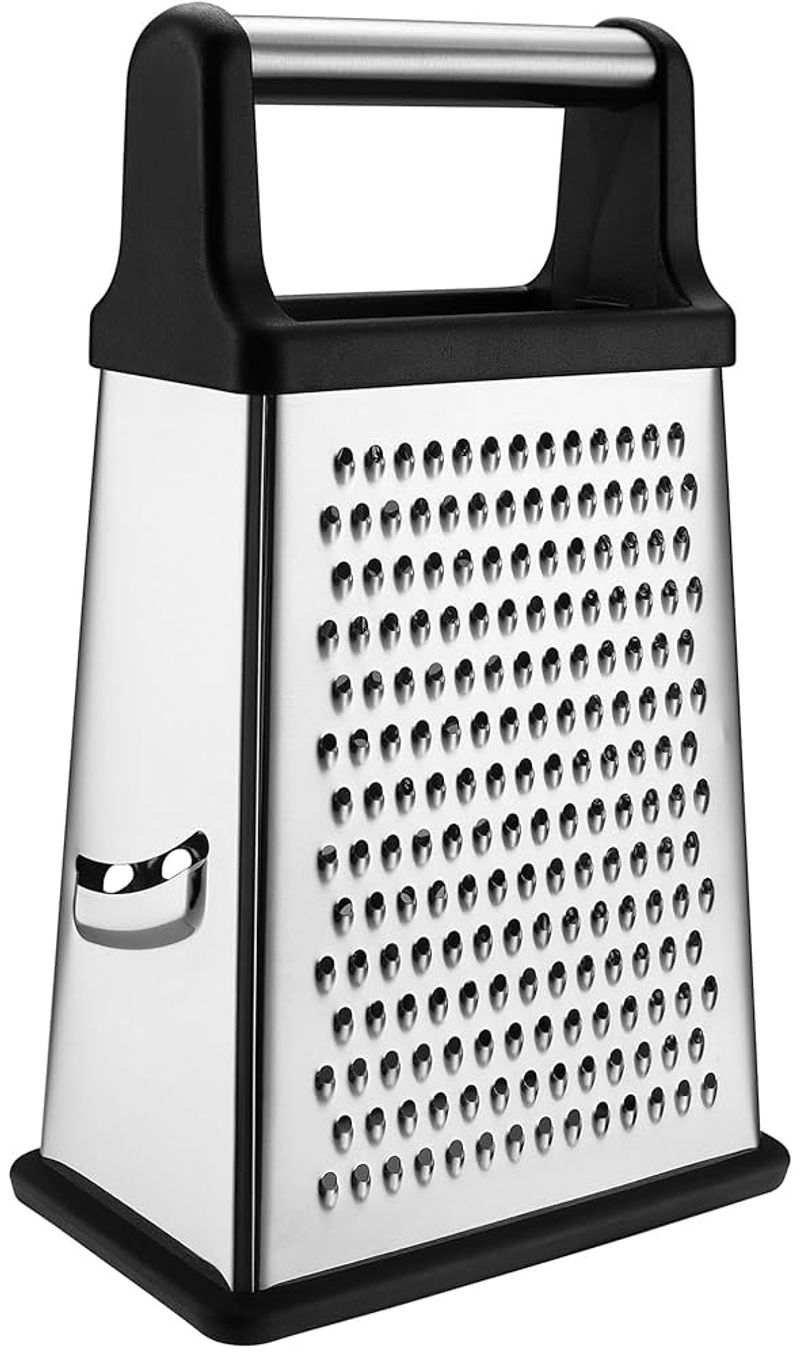
Grater handles, in constant use and exposed to food and washing, can wear down over time. This wear can increase the risk of chemical contamination.
As you grate cheese or zest citrus, the handle’s integrity might quietly diminish. Over time, repeated use and washing can lead to the release of toxins. While the grater’s surface does the work, the handle silently supports, potentially contributing to unseen exchanges. A handle’s steadfast support may compromise safety, highlighting the importance of material integrity in kitchen tools.
16. Molds with Plastic Support Rings
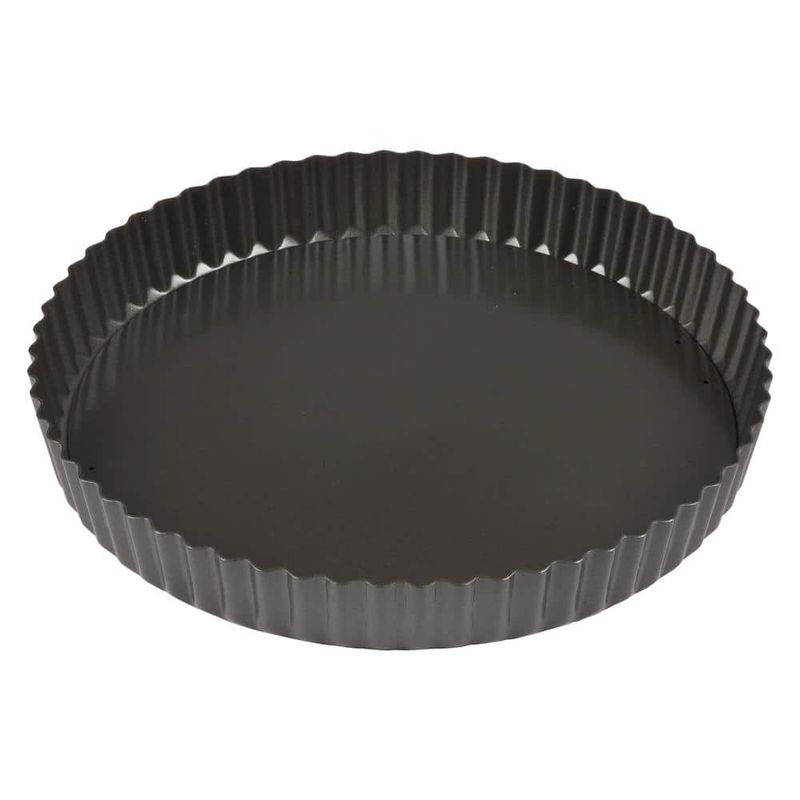
Molds with plastic support rings, often found in baking, carry hidden concerns. Some include black plastic rings, which might contain recycled materials like flame retardants.
These substances, intended for durability, can degrade over time, especially when exposed to heat. As you bake, the rings’ composition may pose a risk, subtly altering your creations. A mold’s form provides structure, but its materials might introduce unintended elements into baked goods. This duality of function and risk underscores the need for careful consideration in kitchenware choices.
17. Jar Lids
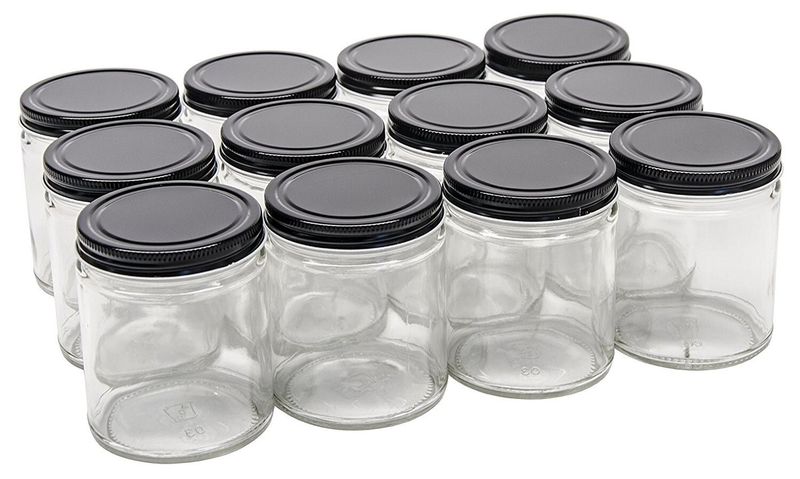
Jar lids, like those on peanut butter jars, often comprise hard, glossy black plastic, presenting potential concerns. Their composition might harbor unwanted chemicals.
Over time, exposure to heat, moisture, or wear can release these substances into food. As you twist open a jar, consider the lid’s silent contribution to kitchen dynamics. Its repeated use can transform it from a simple cover to a subtle source of risk. The humble act of opening a jar can become a point of focus, emphasizing the importance of material safety in everyday items.
18. Knife Handles
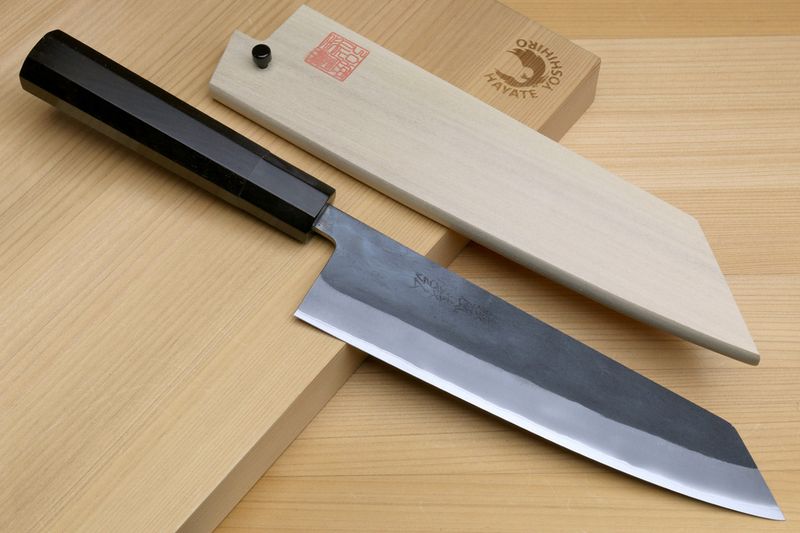
Knife handles, often overlooked, can degrade over time, especially during dishwashing cycles. This degradation poses a risk of chemical transfer.
As you slice and dice, the handle’s integrity might quietly diminish, contributing to unseen exchanges. Repeated exposure to water and detergents can wear down the plastic, potentially releasing toxins. The handle’s role goes beyond providing grip; its material choice impacts overall kitchen safety. A knife’s precision and utility might carry hidden costs, highlighting the importance of mindful selections in kitchen tools.
19. Popcorn Stirrer Sticks
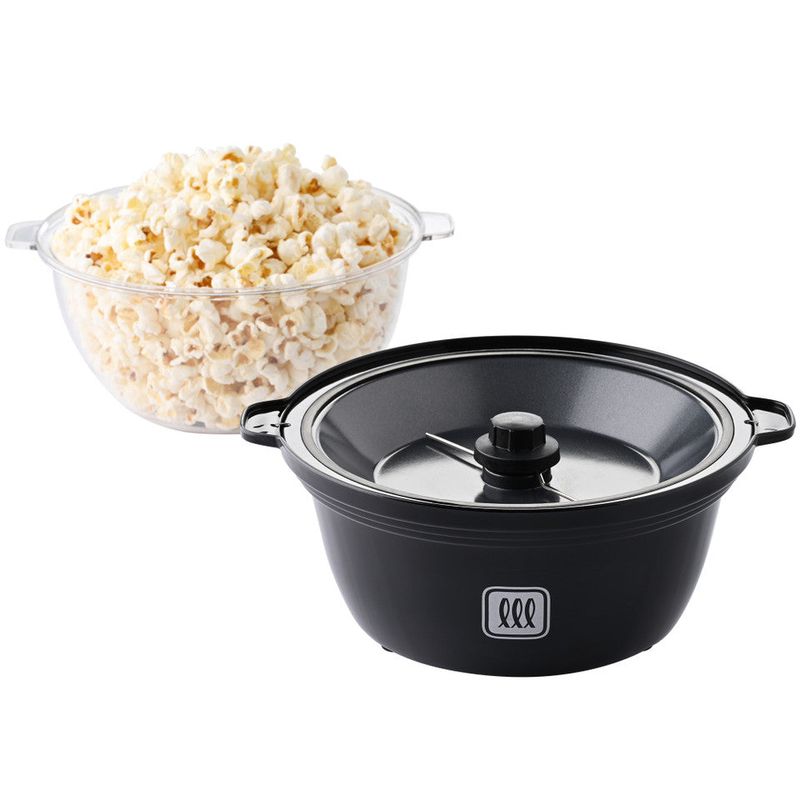
Popcorn stirrer sticks, with their frequent use in high heat and oils, rarely get replaced. This longevity can lead to material degradation.
As the stick stirs kernels to golden perfection, it may also release chemicals into the oil. Over time, the repeated exposure to heat and friction wears down the plastic. This wear isn’t always visible, but its effects can accumulate, impacting the safety of your snack. The allure of fresh popcorn might be tempered by the stick’s quiet compromise, reminding us of the subtle risks in kitchen conveniences.
20. Black Plastic Drinking Cups
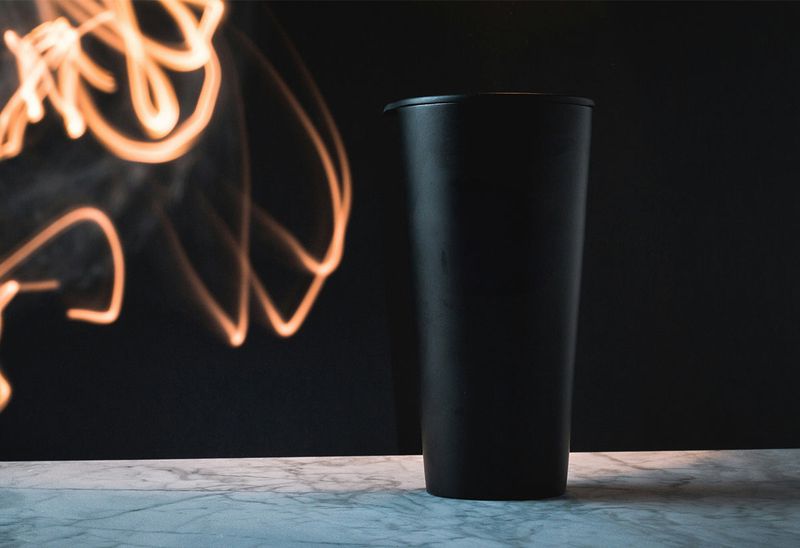
Black plastic drinking cups, while sturdy, aren’t ideal for hot beverages. The heat encourages chemical migration into drinks, posing a risk.
As you sip your morning coffee, consider the cup’s contribution beyond holding liquid. Its material might quietly impart unwanted elements, altering your beverage. This subtle transfer goes unnoticed, yet it underscores the importance of choosing safer options for hot drinks. A cup’s comforting hold might conceal a hidden cost, highlighting the interplay between convenience and caution.
21. Bowls for Hot Cereal or Soup
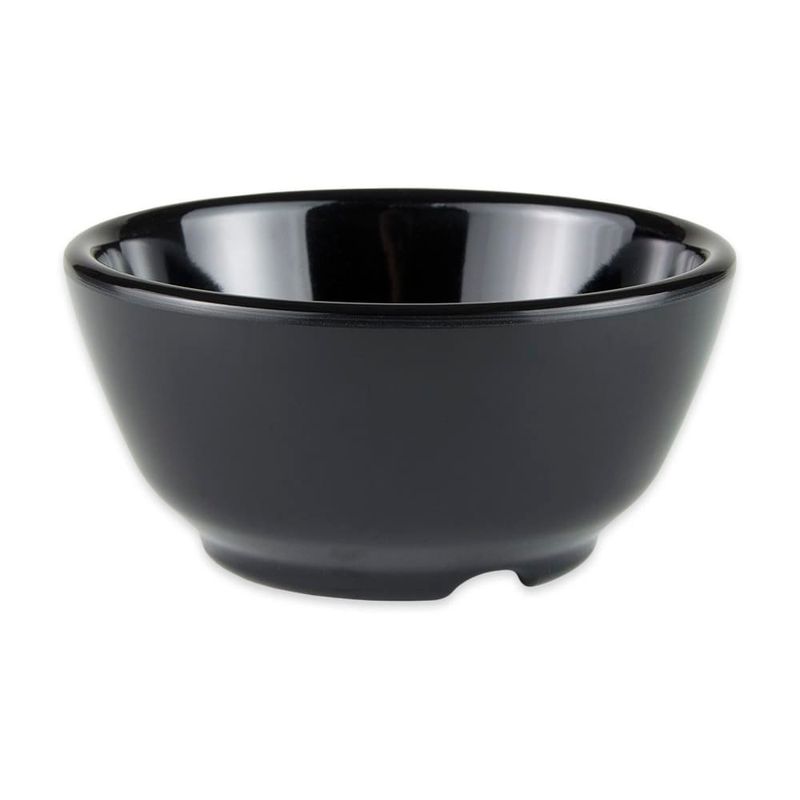
Bowls for hot cereal or soup, often made of black plastic, can increase the risk of contamination when used with hot, fatty, or acidic food.
The heat and composition of these meals can trigger chemical leaching. As you enjoy a warm breakfast, the bowl’s material might quietly interact with your meal. This interaction, though subtle, emphasizes the need for careful material selection. A bowl’s embrace of nourishment might carry unexpected exchanges, blending comfort with caution.
22. Sushi Trays and Deli Platters
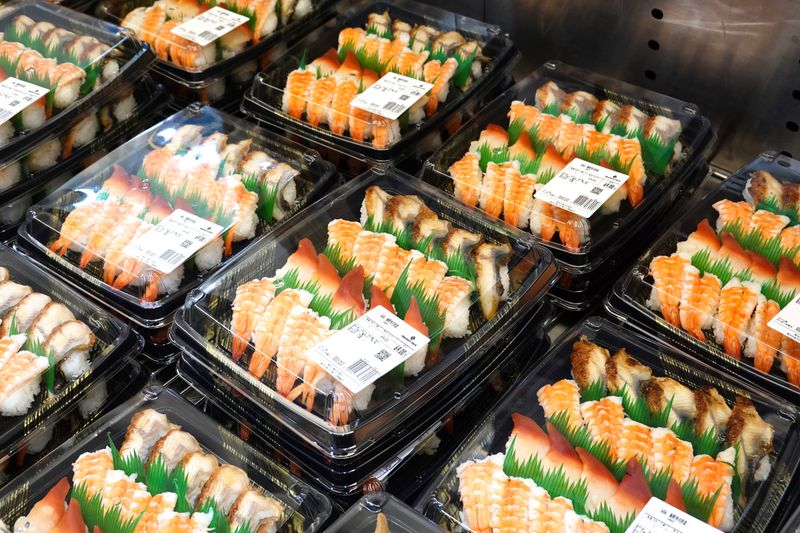
Sushi trays and deli platters, with their high gloss finishes, have tested high for banned flame retardants. These trays, often used for presentation, might carry unexpected risks.
The glossy surface, appealing in its shine, hides potential hazards. As you savor sushi, consider the tray’s role beyond aesthetics. Its composition might introduce unwanted elements, making dining a point of consideration. A tray’s presentation can mask its chemical intricacies, blending style with safety concerns.
23. Coffee Cup Lids
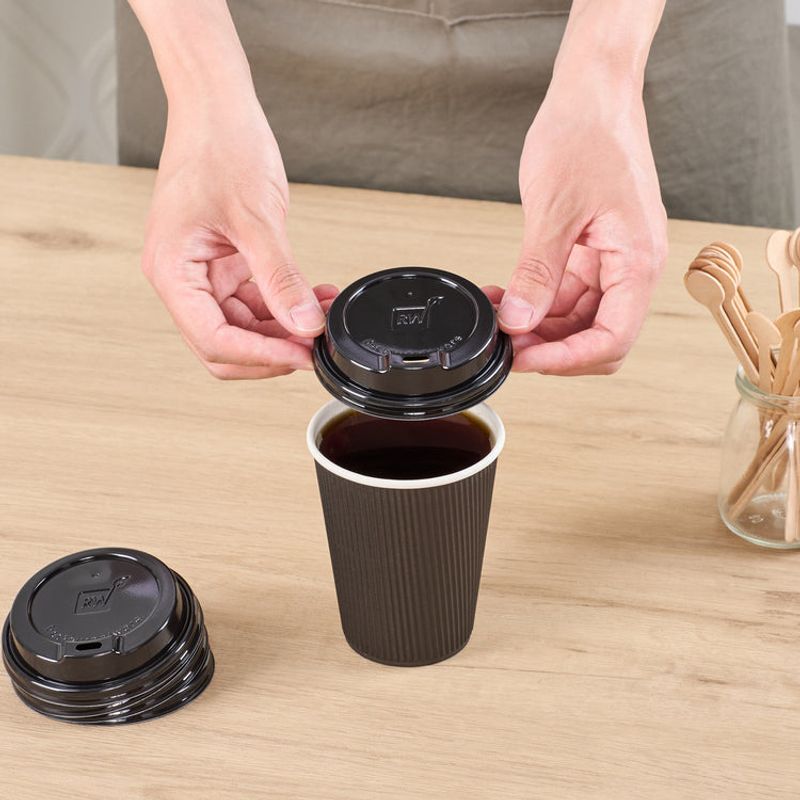
Coffee cup lids, especially when black and glossy, sit directly above piping-hot liquids. This positioning poses a risk of chemical leaching.
As you sip your coffee, the lid’s material might quietly infuse unwanted elements into each drink. This subtle transfer highlights the need for safer material choices. A lid’s role in convenience might conceal a hidden interaction, emphasizing the importance of thoughtful consideration in everyday items.
24. Peeler Grip Handles
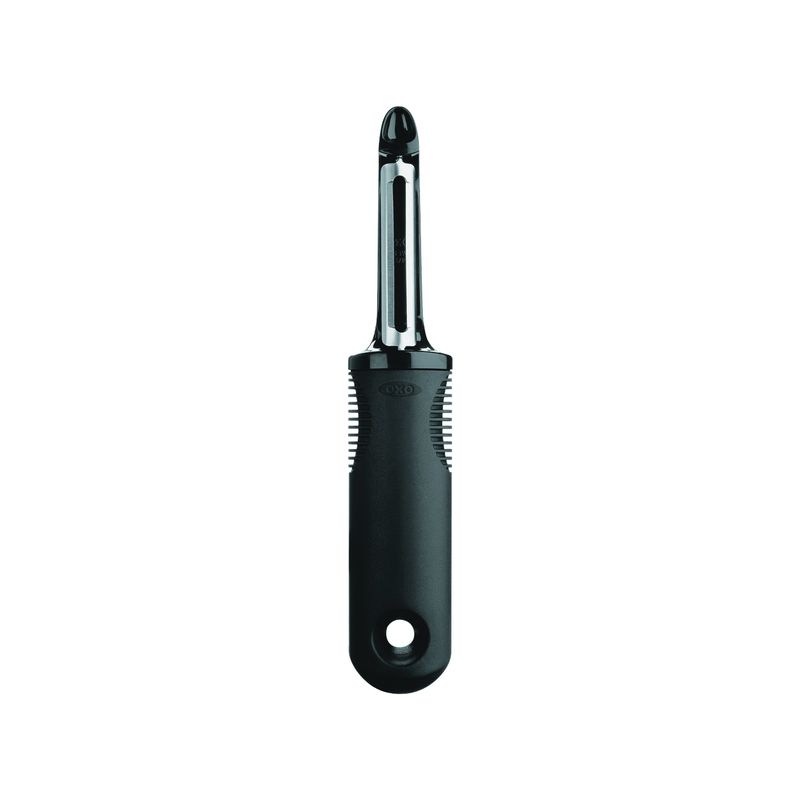
Peeler grip handles, similar to other kitchen tools, endure constant use and washing. This wear can lead to potential toxin release.
As you peel fruits or vegetables, the handle’s material might quietly impart unwanted elements. Over time, the grip’s integrity diminishes, impacting the safety of its use. A handle’s steadfast support might carry silent risks, highlighting the interplay between convenience and caution in kitchen choices.
25. Countertop Organizer Bins
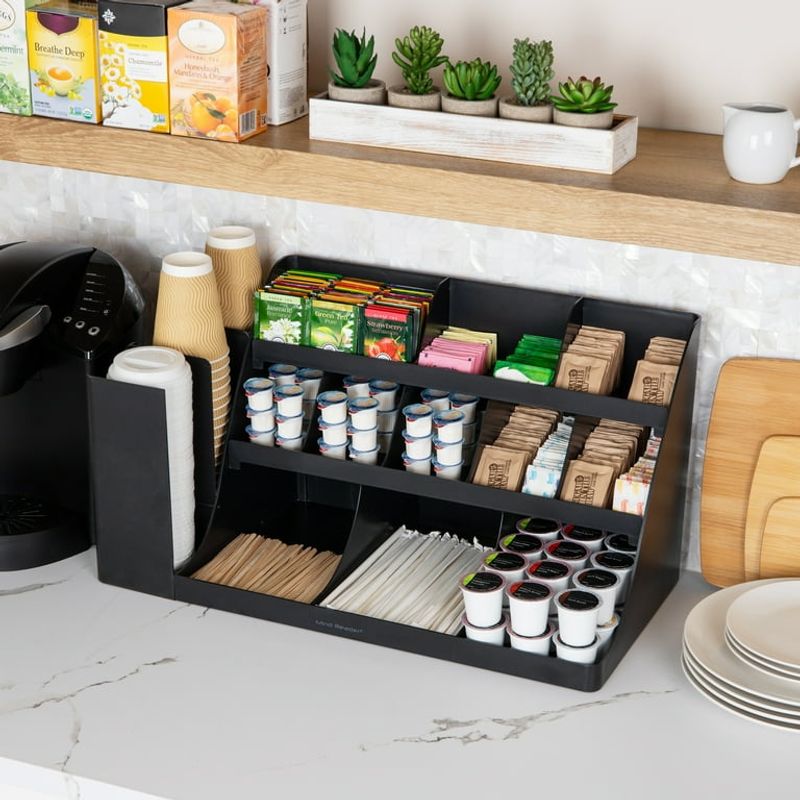
Countertop organizer bins, used for utensils or produce, can pose hazards if made from black recycled plastic. Their proximity to food heightens this risk.
The bins’ material, often from recycled sources, might contain unwanted elements. Over time, exposure to kitchen conditions can release these substances. As you organize your kitchen, consider the bins’ subtle role in food safety dynamics. An organizer’s utility might conceal hidden complexities, balancing order with caution.
